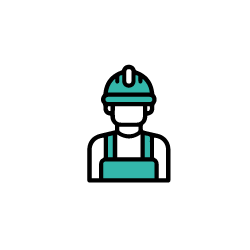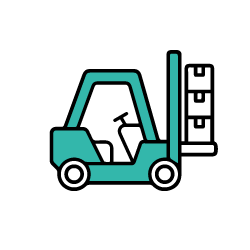Kerb Barriers or Kickrails
Protection of employees and property from all types of handling equipment.
Kerb Barriers or Kickrails are designed for low-level impacts, especially against froklifts forks. Kerb barriers are installed to protect mainly straight lines: wall protection, rack end protection, column protection, machinery protection, loading dock protection, door protection, etc. Guardrails are usually applied to protect against material handling equipment when crashing at 90° degrees angle. To understand which guardrail model suits best the needs, it starts from assessing the Impact Safety Risk:
- Type of material handling equipment moving around: vehicle model & weight (Kg)
- Average speed at which the material handling equipment runs: km/h
- Possible angle of impact at which a material handling equipment can crash: 15°, 30°, 45° or 90°
The mix of this data helps our Safety Consultant to advise about the best kerb barrier model and its applications. Contact us for more on-line information or free on-site consultancy.
Kerb Barrier Parameters
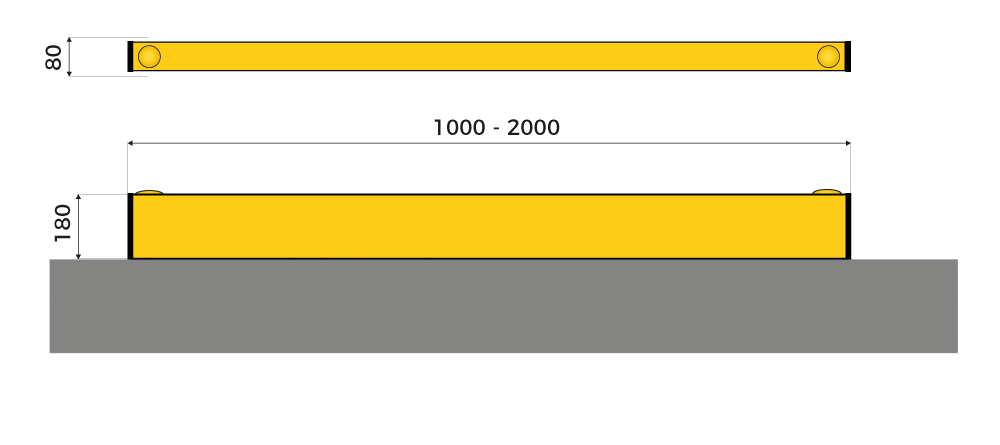
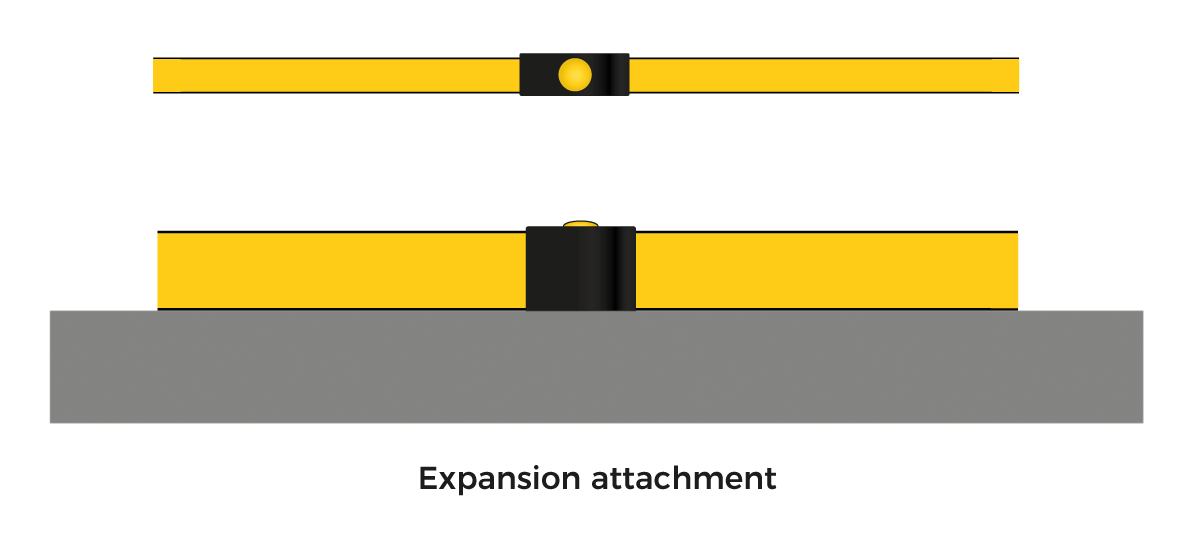
Depthmm | HeightH - mm |
| Resistancejoules |
| 80 | 180 | 1000-2000 | 7 500 |
Impact Energy Information

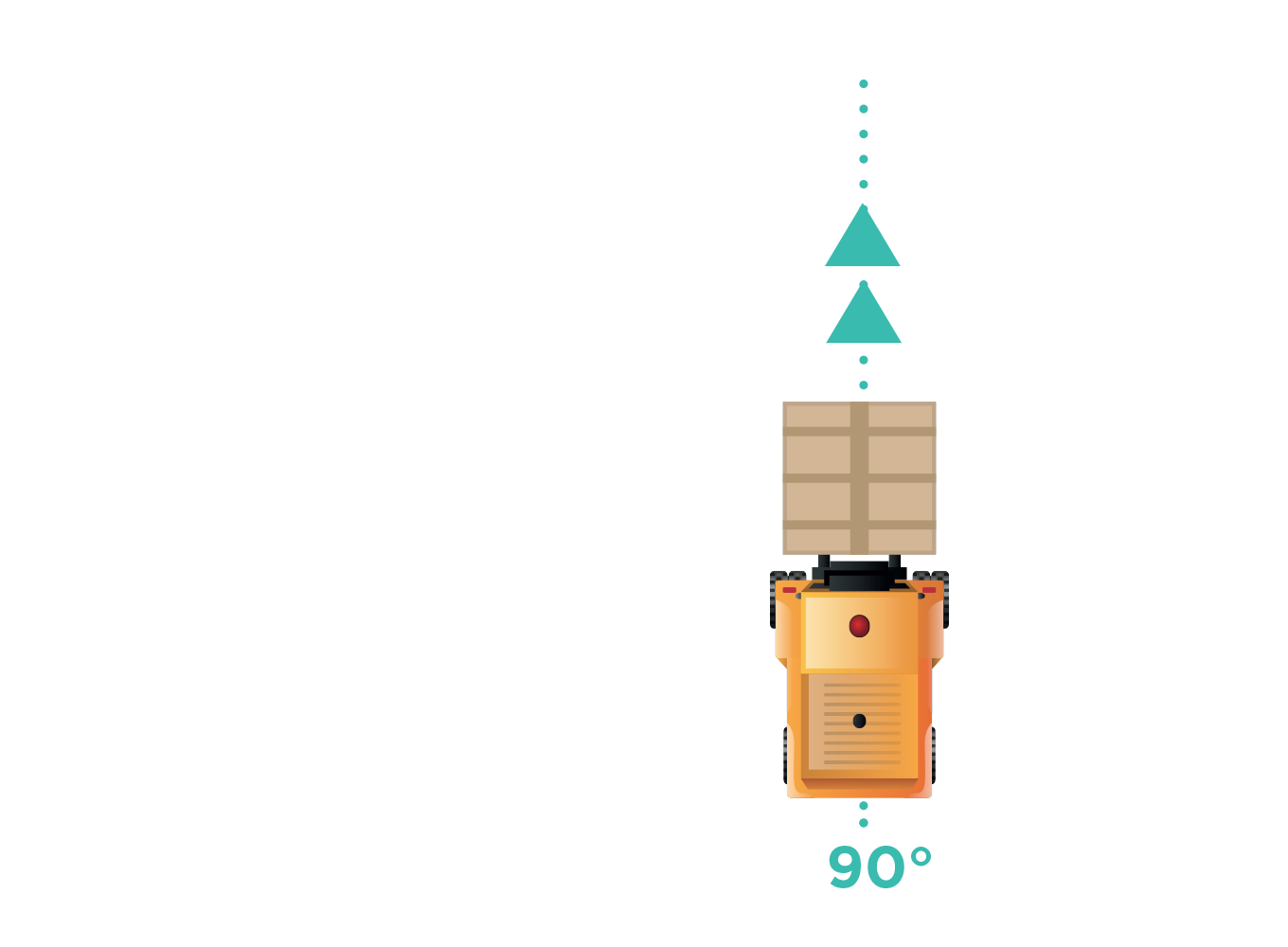
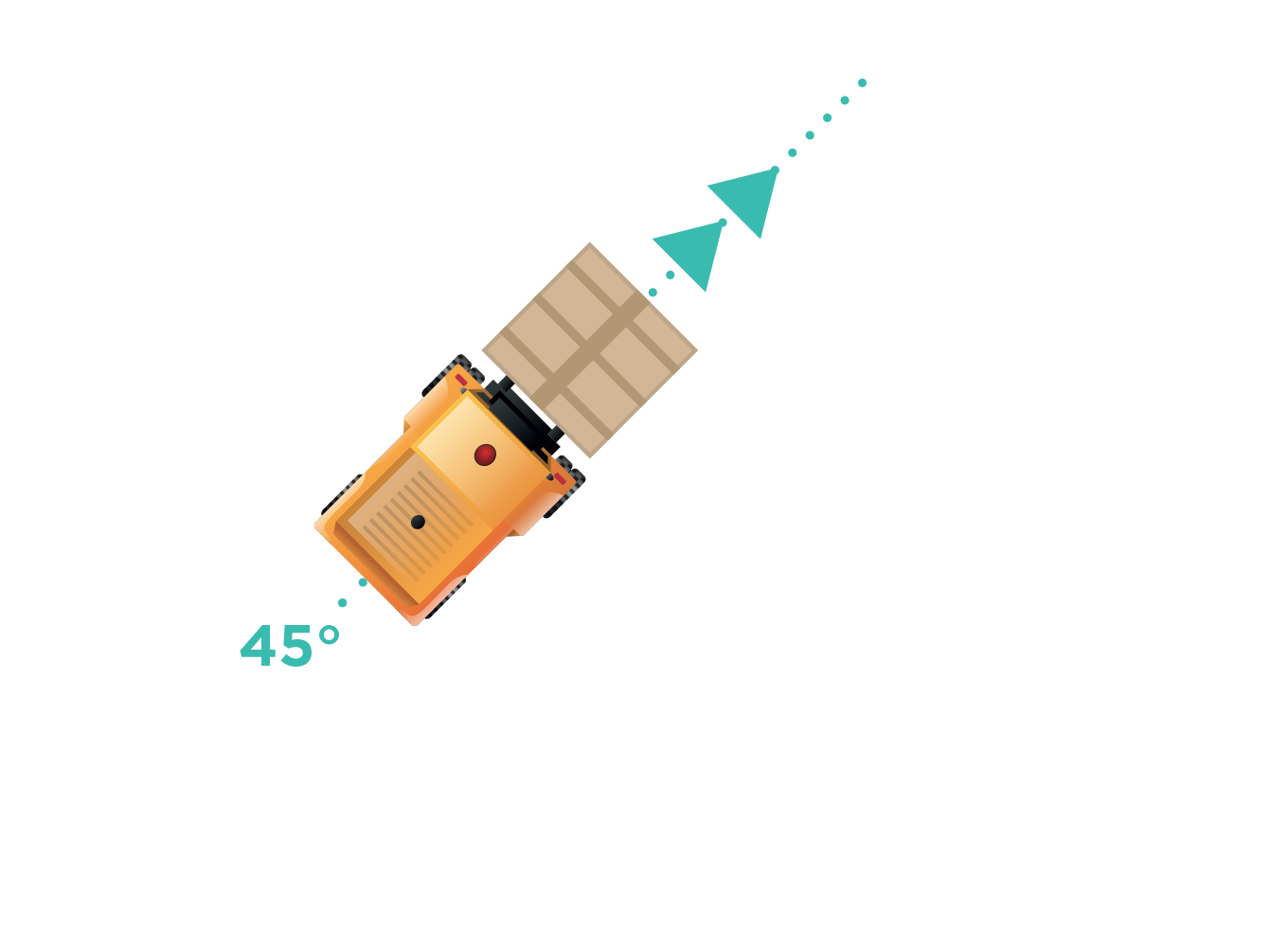
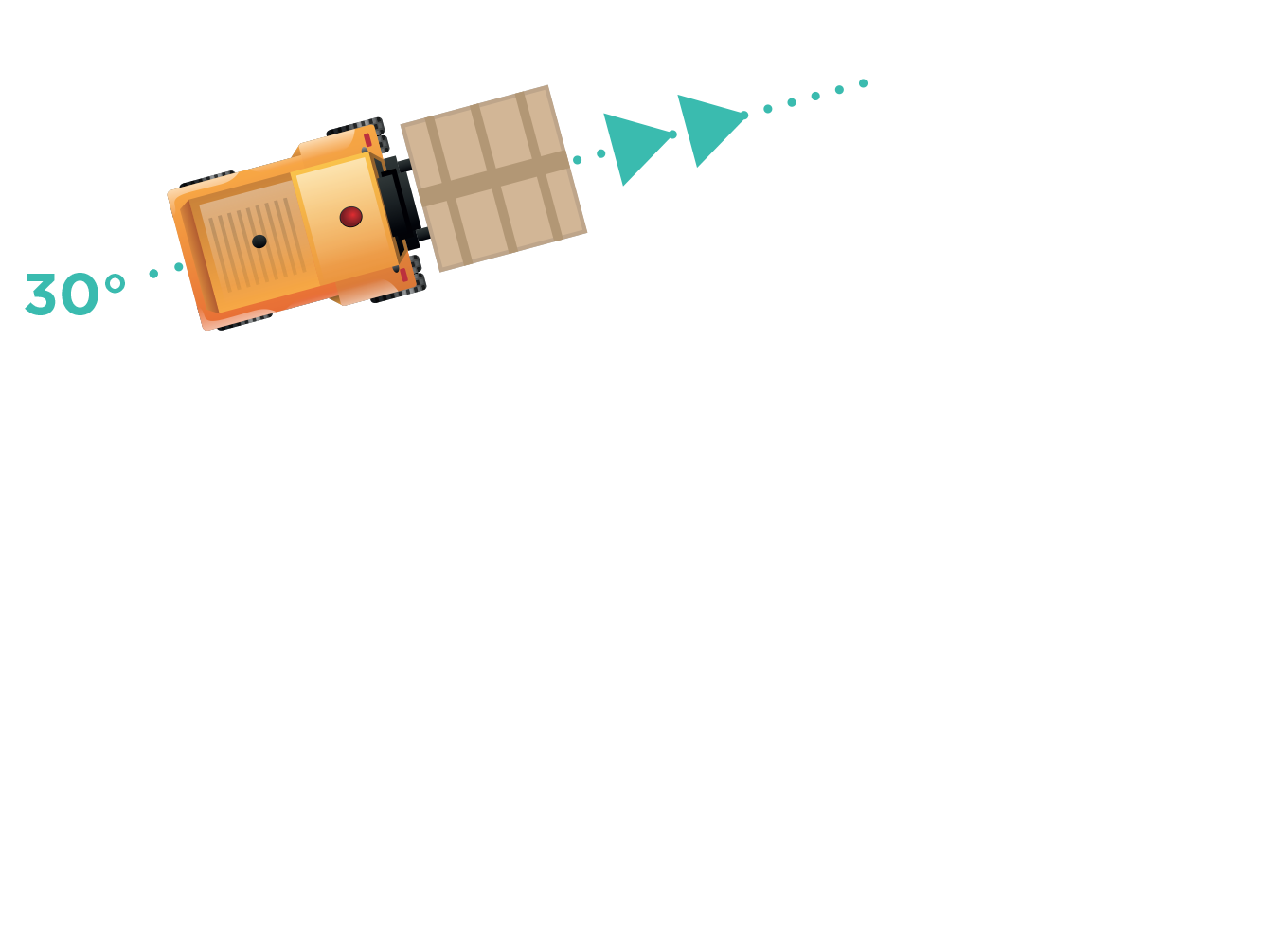
vehicleEnergy: 2 950 J
clickOnTheImageText
| exampleVehicleWeightSpeed | |
|---|---|
| angleApproach | 90° |
| weight | 2 000 kg |
| speed | 6 km/h |
| vehicleEnergy | 2 950 J |

testedToBeCompliantBy BSI – PAS13 testedToBeCompliantAnd UNI 11886.
crashTestsCertified TÜV SÜDcrashTestsCertifiedAfter.
Advantages:
HIGH HYGIENE LEVEL, EASY, QUICK AND INEXPENSIVE MAINTENANCE, NO RUSTING AND PAINTING, COST SAVINGS
Safety, Hygiene, Visibility, Modularity
Kerb Barrier protect
